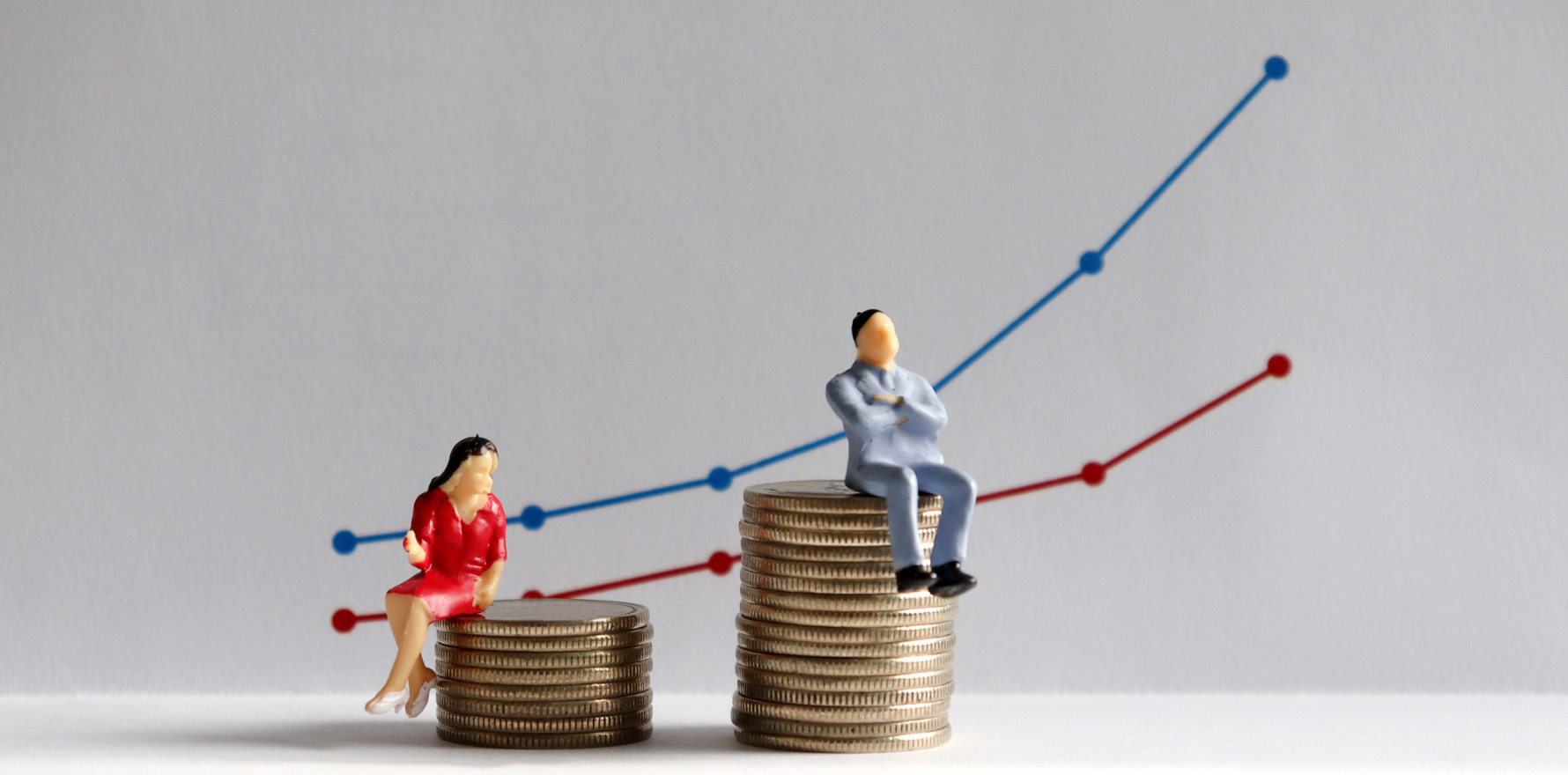That old gender pay gap still has us in its spell. Apologies to Frank Sinatra.
Female healthcare and social assistance workers earn over $300 per week less than their male counterparts for the same work, according to the Australian Bureau of Statistics.
Yesterday’s release of employee earnings and hours data by the ABS highlighted the continuing gender pay gap in the sector.
People working in healthcare and social assistance earn, on average, $1369.40 per week – below the national average of $1489.80.
In comparison, those in mining are the best paid in the country, earning $3008.40 per week, while the accommodation and food services sector is the worst-paying, with a weekly cash total of just $750.50.
Splitting the numbers by gender reveals a worrying gap. On average, female full-time non-managerial healthcare and social assistance employees paid at the adult rate earn $1822.90 per week – $303.80 less than their male colleagues ($2126.70).
Non-managerial employees in the sector worked an average of 27.9 hours a week at an average hourly rate of $47.20.
Speaking about the national data beyond the health and social assistance sector, Bjorn Jarvis, the ABS’ head of labour statistics, said:
“Analysing the difference between male and female earnings is complex and there is no single measure that can provide a complete picture.
“Hourly earnings comparisons are particularly useful in understanding gender pay differences beyond weekly earnings measures, given women are more likely to work part-time than men.
“On average, hourly earnings were $46.10 for men, compared to $42 for women, a difference of 8.9%. This gap has narrowed from 9.7% in May 2021.”
Men continued to earn more per hour than women in all eight major occupation groups.
“In dollar terms, the difference between average hourly earnings for men and women was greatest for managers ($14.10 per hour) and technicians and trades workers ($8.20). It was lowest for sales workers ($2.30),” said Mr Jarvis.
“In percentage terms, the difference was greatest for managers (19%), and lowest for sales workers (7%) and professionals (10%).”


